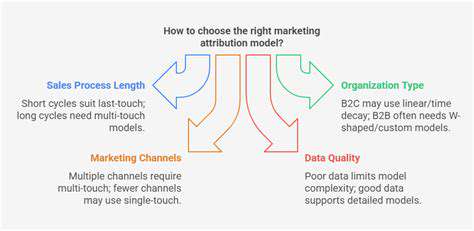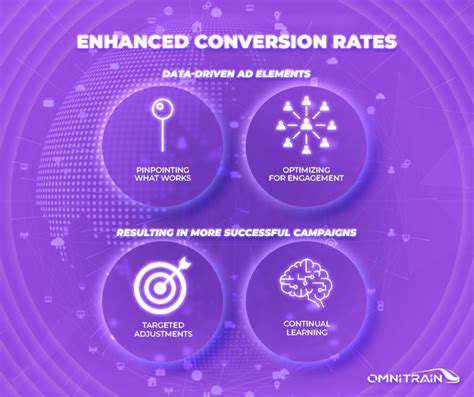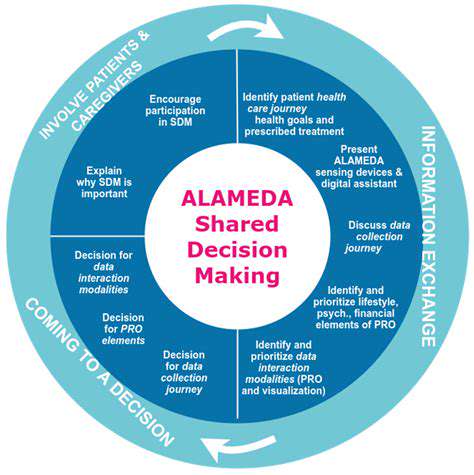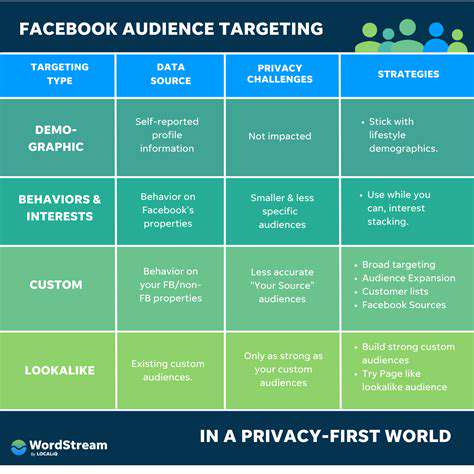Email Marketing Compliance: GDPR, CAN SPAM, and Beyond
Grasping the Full Reach of GDPR
The General Data Protection Regulation represents more than regulatory compliance - it fundamentally redefines how businesses must approach EU citizens' personal information. Whether you're collecting customer details, storing purchase histories, or processing newsletter subscriptions, every touchpoint with personal data now carries significant legal implications. This sweeping regulation affects not just EU-based companies but any organization interacting with European residents, regardless of where servers or offices are physically located.
Many marketers fail to realize the extraterritorial nature of these rules. Consider this: a bakery in Toronto sending promotional emails to Parisian customers falls under GDPR jurisdiction, just as much as a Berlin-based e-commerce site. The regulation's long arm reaches across borders, making global compliance essential for digital marketers.
Building Compliance on Valid Consent
Modern email marketing under GDPR turns on one critical pivot: meaningful user permission. Gone are the days of assumed consent through pre-ticked boxes or buried terms. Today's requirements demand clear affirmative action - an unmistakable opt-in where subscribers understand exactly what they're signing up for. The burden of proof lies with marketers to demonstrate this consent was properly obtained, making documentation and audit trails vital components of any campaign strategy.
Applying Data Discipline
Two guiding principles should shape every data collection decision: necessity and specificity. Why request a birth date if you're sending weekly tech newsletters? How does collecting employment history serve a coupon campaign? Each data point must directly serve an explicit, legitimate purpose - and nothing more. This disciplined approach not only ensures compliance but builds subscriber trust through restrained, respectful data practices.
Clear Communication and User Control
Transparency forms the bedrock of GDPR-compliant email marketing. Subscribers should never wonder how their information gets used - your privacy policy and campaign footers must explain data handling in plain language. More importantly, real control must rest with users: easy access to their data, simple update processes, and one-click unsubscribe options. These aren't just legal requirements - they're relationship-builders in an era of data skepticism.
Operationalizing Compliance
Turning these principles into practice requires systematic effort. Audit your existing lists against current consent standards. Rework signup flows to capture proper permissions. Implement automated systems for handling data requests. Most crucially, make compliance an ongoing process rather than a one-time checkbox, with regular reviews as both regulations and your marketing strategies evolve.
Cultural awareness in greetings establishes immediate connection. Whether a firm handshake in Germany or a slight bow in Japan, appropriate salutations create openings for meaningful exchange. These social protocols often carry more weight than the actual words spoken, making them critical for international business and travel.
The Expanding Universe of Data Privacy Regulations
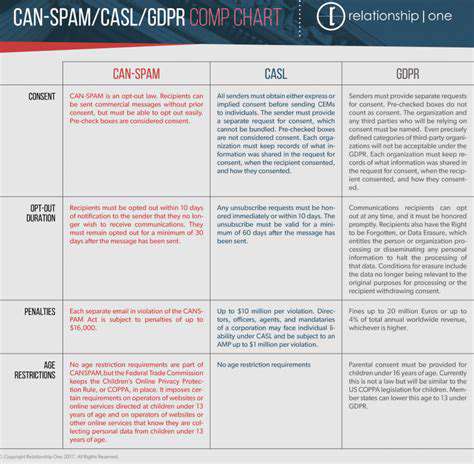
The Global Regulatory Mosaic
While GDPR dominates discussions, savvy marketers monitor dozens of emerging frameworks worldwide. Brazil's LGPD, South Africa's POPIA, and Thailand's PDPA each bring unique requirements. This regulatory patchwork demands localized strategies - what works in Brussels may violate São Paulo's rules. Particularly challenging are jurisdictions like Canada and Australia with overlapping federal/provincial laws.
The American State-by-State Puzzle
California's CCPA started a domino effect, with Virginia, Colorado, Connecticut and others enacting similar (but distinct) laws. Navigating these variations requires meticulous geographic segmentation of your contact lists and messaging. A promotional email acceptable in Texas might need modifications for Utah recipients - right down to unsubscribe mechanism design.
Sector-Specific Compliance Challenges
Healthcare marketers juggle HIPAA alongside general privacy laws. Financial services face GLBA and state banking regulations. Educational institutions must comply with FERPA. These vertical-specific frameworks layer additional obligations on top of baseline requirements, often governing everything from data retention periods to breach notification timelines.
Marketing Channel Regulations
Beyond email-specific rules like CAN-SPAM, other channels carry their own constraints. TCPA governs text messages, while FTC rules address social media endorsements. Omnichannel marketers must maintain a compliance matrix that tracks which rules apply to which communication methods - especially when campaigns span multiple platforms.
The Future Privacy Landscape
Emerging technologies constantly reshape compliance requirements. AI-driven personalization, biometric data use, and cookie alternatives all prompt new regulations. Forward-thinking teams now include regulatory forecasting in their planning cycles, anticipating how laws might evolve around technologies like emotion recognition or predictive analytics.

Read more about Email Marketing Compliance: GDPR, CAN SPAM, and Beyond
Hot Recommendations
- Senior Travel Discounts and Deals
- Personalized Travel for Different Seasons and Climates
- Honeymoon Destinations: Romantic Getaways for Newlyweds
- Mythical Places: Journeys to Legendary Locales
- The Future of Travel Agents in an Automated World
- Sustainable Design for Tourist Infrastructure
- Combatting Illegal Wildlife Trade Through Travel Awareness
- The Best Beaches for Relaxation and Sunbathing
- Marine Conservation: Diving into Responsible Ocean Travel
- Measuring the Social Impact of Tourism

